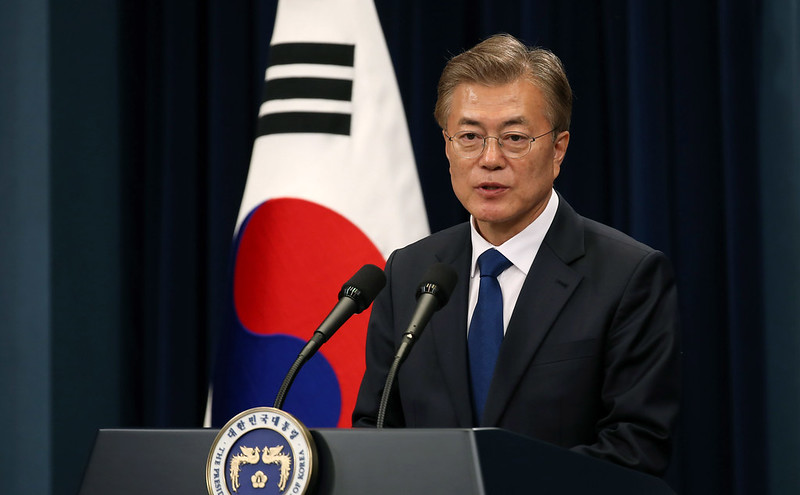South Korea has announced that it will try to become carbon neutral by 2050, although he stopped short of promising to achieve the goal. In a policy speech during a national assembly on October 28, President Moon Jae-in said that the nation would “respond to the climate crisis with the international community.”
—
South Korea’s declaration follows Japan’s pledge earlier this week to achieve carbon neutrality by 2050 and it joins other major economies who have set the same goal, such as the EU and China, who recently announced that it would become carbon neutral by 2060.
South Korea is one of the largest fossil fuel-reliant economies, with 40% of its electricity generated from imported coal and less than 6% from renewables. It still has seven coal power units under construction and it is one of the top three public financers of overseas coal power projects
To become carbon neutral by 2050, Moon says that South Korea will commit itself to ending its dependence on coal by investing USD$ 2.1 billion next year in renewables as part of its Green New Deal as well as investing $3.7 billion to increase charging stations for electric vehicles. The Green New Deal was set up in July 2020, which plans to end the financing of overseas coal plants and create urban forests, establish a carbon tax, plan for recycling and establish a foundation for renewable energy. It was also set up to help the country achieve a green economic recovery post-COVID-19.
You might also like: Norway is Funding a Satellite Map of the World’s Tropical Forests
According to the International Energy Agency, the country was the world’s 7th largest emitter of carbon dioxide in 2017 and the current trajectory will result in only 24% reduction in emissions below 2017 levels by 2030. Campaigners have warned that South Korea will need to change their energy policy to have even the slightest possibility of reaching their zero-emissions target.
The government announced earlier this year that its 60 coal-fired power stations would be halved by 2034, with new liquefied natural gas plants making up the deficit.
The UN Secretary-General Antonio Guterres was “very encouraged” by President Moon’s commitment to get South Korea to net zero emissions.
Through closing coal-fired power plants and plans to cut 24 nuclear power plants to 17 by 2034, Moon’s government hopes to rely on renewable energy, like wind, water and solar power. However, shutting down nuclear plants will make the 2050 goal much more difficult to achieve, as its plan to cut its nuclear plants will reduce the sector’s energy output by nearly half.
Although there is still a lot to do, “South Korea is finally one step closer to aligning itself with the reduction pathway compatible with the Paris climate agreement goal,” managing director of NGO Solutions for Our Climate, Joojin Kim, says.
Featured image by: Flickr

















